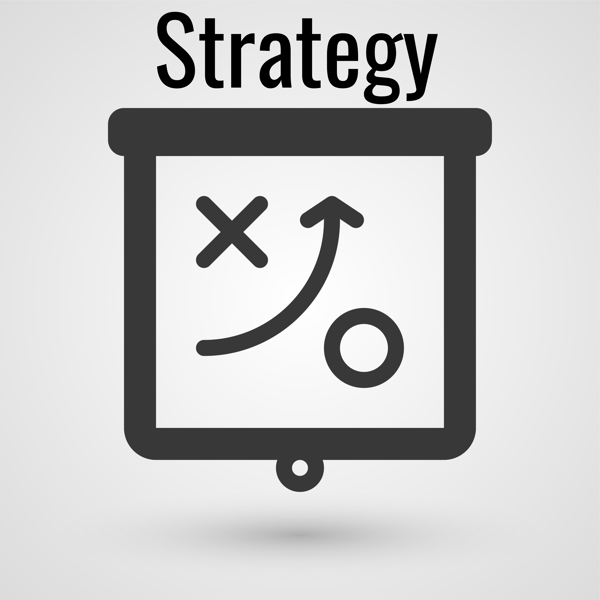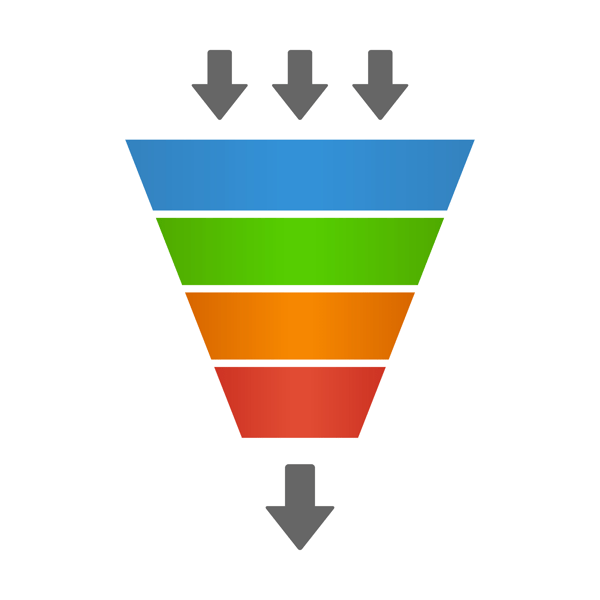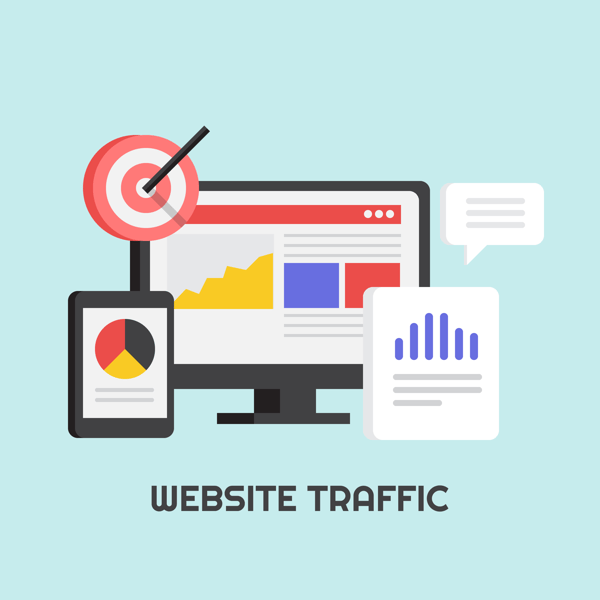16 SaaS Lead Generation Tactics Software Businesses Should Use
16 SaaS Lead Generation Tactics Software Businesses Should Use
Get weekly
HubSpot Updates
Within most businesses, the ability to generate leads on demand is crucial to making sales, and SaaS companies are no different.
Irrespective of whether you have a manual sales process where there is a need for your prospect to engage with your sales team or whether your people buy directly from your website, you’ll still need to be creating leads. Not everyone is ready to buy from your site right away, and therefore the ability to capture their details and put them into some form of nurture program is going to increase your sales pipeline and will lead your prospect down the buyer’s journey.
When we talk about SaaS lead generation, we effectively have to think about it in three different aspects:
- Strategy - Who is it that we want to talk to (your buyer persona), and what are the problems that we solve for them? What do we classify as a lead? Do we have different types of leads, for example, Marketing Qualified Leads or Sales Qualified Leads?
- The Funnel - Building out the mechanism for actually capturing the leads and working with them. What is the conversion path that is going to compel someone to put their hand up to say that they are interested in your software, and how are you going to nurture them?
- Traffic - How are you going to drive people through your funnel?
Unfortunately, too many SaaS businesses jump straight to number 3, wanting to do the traffic generation side of things, without thinking through their strategy or building out their funnels, and therefore they spend lots of time and money and end up disappointed.
So, to help solve this, we’re providing you with a list of lead generation activities that you should do at each of these stages.
Strategy

SaaS Lead Generation Strategies
- Identify your buyer persona
- Understand the buyer's journey
- Use downloadable/gated content
- Create landing pages
- CTAs (Calls to actions)
- Email Nurture
- SEO (Search engine optimisation)
- Content Clusters
- Blogging
- Social Ads
- Google Search Ads
- Google Display Ads
- Retargeting
- Social Media
- Live Chat
- Chatbots
Now let's look at these in further detail
- Identify your buyer personas. A buyer persona is a semi-fictional representation of your ideal client. Having a clear buyer persona allows you to create marketing materials that will resonate with them and attract them to your business – Find out more about buyer personas in this article.
- Understand the buyer’s journey. The buyer’s journey is the thought process that people go through when they are deciding to make a purchase. It takes people from either being problem aware, or even problem unaware through to becoming an active purchaser. You can learn more about the buyer’s journey and why it’s important here on this blog.
Funnel

3. Downloadable/gated content - A user entering their details in order to access some information or a resource. You’ll see a higher uptake if the information that you are giving helps them solve one of the problems that you identified in the buyer’s journey stage.
4. Landing pages - This is where you’ll be offering your gated content. It should sell the need for and create desire for the reader to take action, i.e. to complete their details on a form in order to download or access the content.
5. Calls to action (CTAs) - Throughout your website, at appropriate places you want to place calls-to-action that direct people to the landing pages. These can take the form of buttons, text links and banners.
6. Email nurture sequences - You could argue that placing someone in a nurture sequence isn’t a lead generating technique, as in order for them to receive an email, they are already a lead. However, if you think of it in terms of qualified lead generation, then a nurture sequence will help promote them from being just a name and email address to a qualified lead.
Traffic

Once the strategy is decided upon and the funnels built, then and only then should you be thinking of the traffic generation. So here’s a list of different things that you can now do to drive people through the funnel.
7. Search Engine Optimisation (SEO) - Making sure that your website is optimised for search engines is paramount to getting found naturally through Google (other search engines are available). Having entries at the top page of the search engine results page for relevant keywords can make the difference between your website being hardly used and driving a flood of traffic.
8. Content Clusters - This is a methodology of grouping your content around one particular topic. It consists of pillar pages which are a long form page that contains plenty of rich content over a broader topic and blog articles that delve into one particular aspect of that topic. A further explanation of topic clusters can be found on this blog: Why Topic Clusters are the Next Big SEO Evolution
9. Blogging - If you’re not blogging, then you’re missing out on a huge source of targeted traffic. Having a series of quality articles that resonate with your buyer personas and help educate them not only attracts them to your site but amplifies your authority as an expert in your industry. Then, placing appropriate calls to action on your blog will lead the reader to become leads.
10. Social Ads - The targeting that you can now do on social media platforms such as Facebook and LinkedIn means that this channel becomes very effective. You can almost instantly get your message out to your audience, and get them started on your conversion paths.
11. Google Search Ads - Google Adwords can be one of the most effective ways of driving highly targeted traffic to your landing pages or website. The beauty of search ads is that the intent is high; people are actively searching out for your software.
12. Google Display Ads - Expand your reach and get more people to have exposure to your brand. The Google display network is a network of over two million websites that sell advertising space to Google, which in turn hands that over to advertisers like yourself.
13. Retargeting - Using both the Google Display Network as well as social ads, you can specifically target people that have already been to your site. Not only can you remain top of mind to them, but you can also change your messaging based upon what pages of your website they have actually visited.
14. Social Media - Building a following on a chosen platform can be a great way of getting the attention of your prospect and driving them through the buyer’s journey. It’s a really good opportunity to engage with your prospects, but bear in mind that people on Social are not necessarily looking to buy, they are on social looking to be entertained and to pass their time. Therefore it’s essential that you make any posts on social engaging and informative to distract them from looking at pictures of their friend’s cats.
15. Live Chat - Nowadays, people want to get instant gratification. If they’re on your website and they have a question, then they want it answered there and then. They don’t want to fill a form out and wait for a rep to contact them. If you offer a mechanism for instant contact through a live chat tool, then you’ll get more people contact you.
16. Chatbots - If you don’t have the resources or wish to scale your online chat, then a bot can be the easiest and most efficient way to do so. You can use a bot to answer your most asked questions and to direct your visitor to the relevant place on your site. You can also use bots to qualify the leads and pass them on to a rep as and when appropriate.
So, there are 16 actions that you can start right now that will make an impact in generating leads for your SaaS business.
If you need help implementing any of them or want to discuss your lead generation, then get in touch on 01908 299579
Our content includes affiliate links. This means that we may receive a commission if you make a purchase through one of the links on our website. This will be at no cost to you and helps to fund the content creation work on our website.